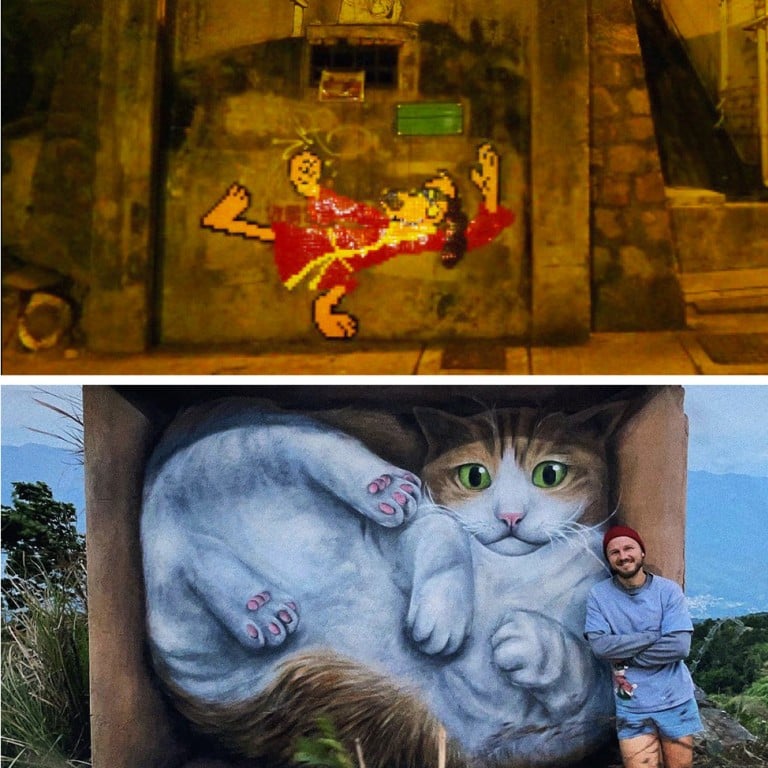
Disappearing acts: Hong Kong street art faces official erasure despite government pledges to boost artistic creativity and appreciation
- In latest disappearance, a colourful cat mural was whitewashed over by government workers on a wall near major bridge
- Move follows similar official measures in recent years to ‘disappear’ artistic graffiti and murals from public places around city
A Russian artist based in Hong Kong has expressed surprise over the public outcry after government workers painted over one of his colourful cat murals.
The artwork – of a ginger cat wearing a fluorescent pink crown – by an artist known as “Vladimir” added a splash of colour to an otherwise drab wall near the Ting Kau Bridge which connects the city to Hong Kong International Airport.

“I did not expect such a reaction,” Vladimir told the Post, adding the mural took him 39 hours to complete but was visible for just 13 days. “I just wanted to share my creativity and add more colour to the hiking trails,” he added.
Ironically, over the weekend, just hours before the mural was whitewashed, the artist posted a message on Instagram asking people not to obscure it with footprints.
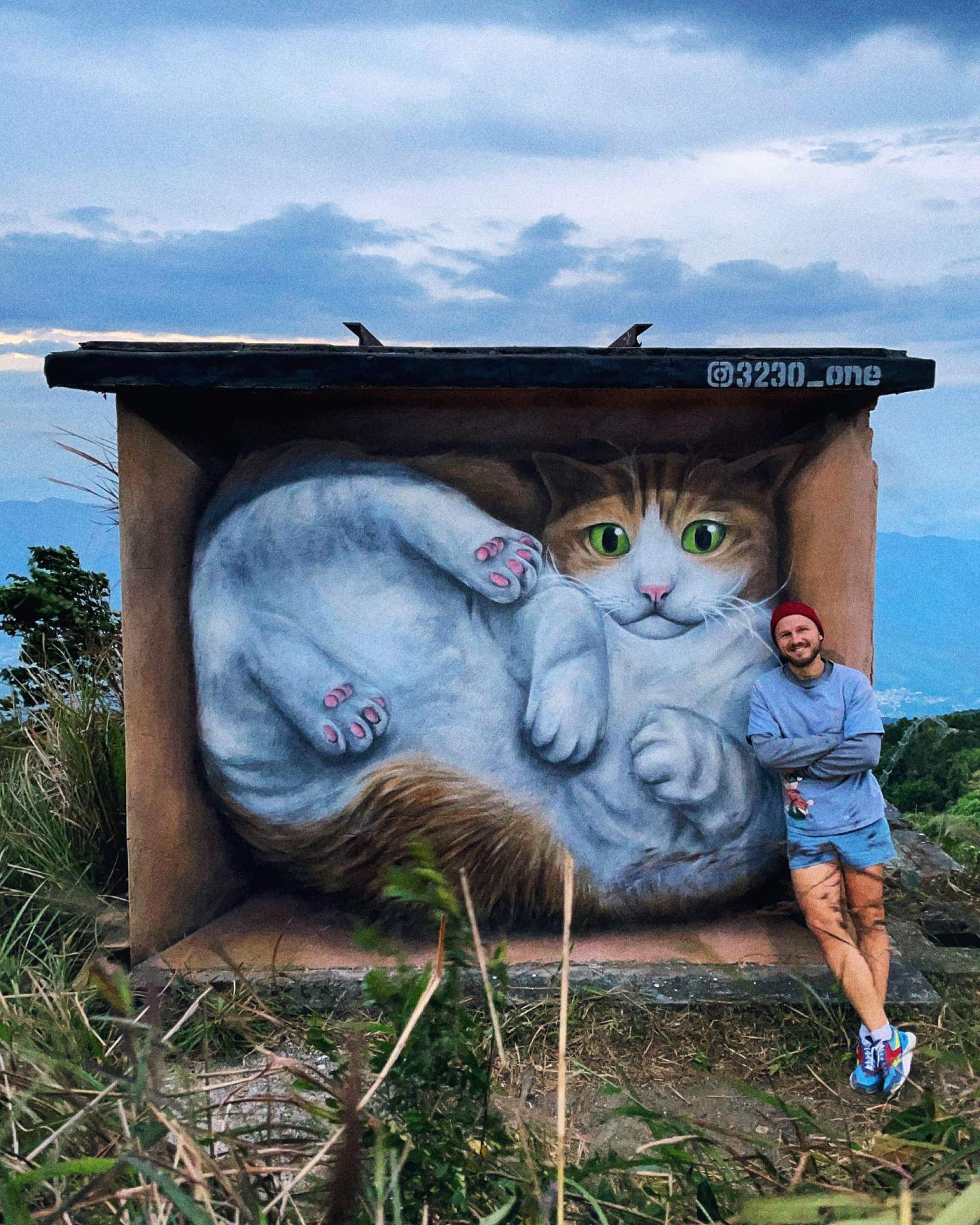
“Thanks to everyone who helped! Lots of new cats coming soon! P.s.: Please do not put your feet on the wall,” he wrote.
By Monday morning, the piece had been whitewashed – much to the dismay of netizens.
“Your artwork is awesome! Thank you! I am sorry to hear it was gone today,” wrote one netizen.
“I’m sorry for the loss and a huge thank you for giving the city some lovely cats! We visited your artwork last week and much appreciated your wonderful painting. Thank you so much and I’m really sorry for the loss,” wrote another.
The artist said he has travelled the world and left his creative fingerprints in different countries.
“In other cities, no one has painted over my paintings,” he said.
Veteran art critic and former art gallery owner John Batten said street artists who leave works in public spaces usually expect them to be destroyed or covered up.
“Look at what has happened to some of the works of Banksy - and pieces by the King of Kowloon were always being covered up,” he said.
Calligraphy graffiti by the late Tsang Tsou-choi, known as the King of Kowloon, has been gradually painted over by the government since his death in 2007.
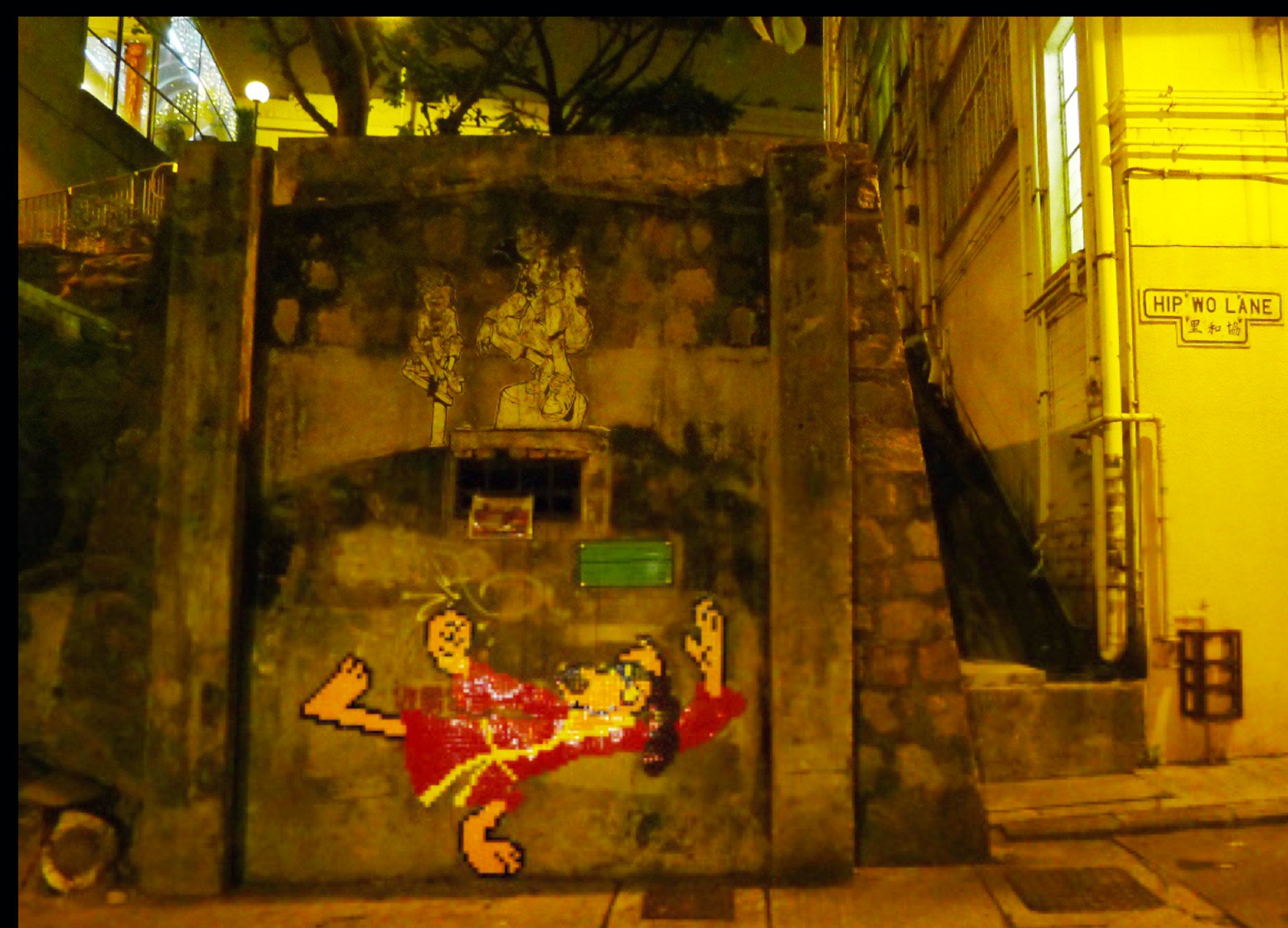
The location of “Vladimir’s” cat mural, while remote, is near a piece of major infrastructure so might also be considered sensitive by the government, Batten added.
A true street artist, he said, will do it again. “They will keep trying.”
Luke Chapman, of the art tech platform, Eazel, said while artwork appearing in random places is the very nature of street art, it is unfortunate that freedoms of expression are being erased.
The city has clamped down on political works - in 2021 the Pillar of Shame, Hong Kong’s Tiananmen Square statue, made global headlines when it was removed from the campus of the University of Hong Kong.
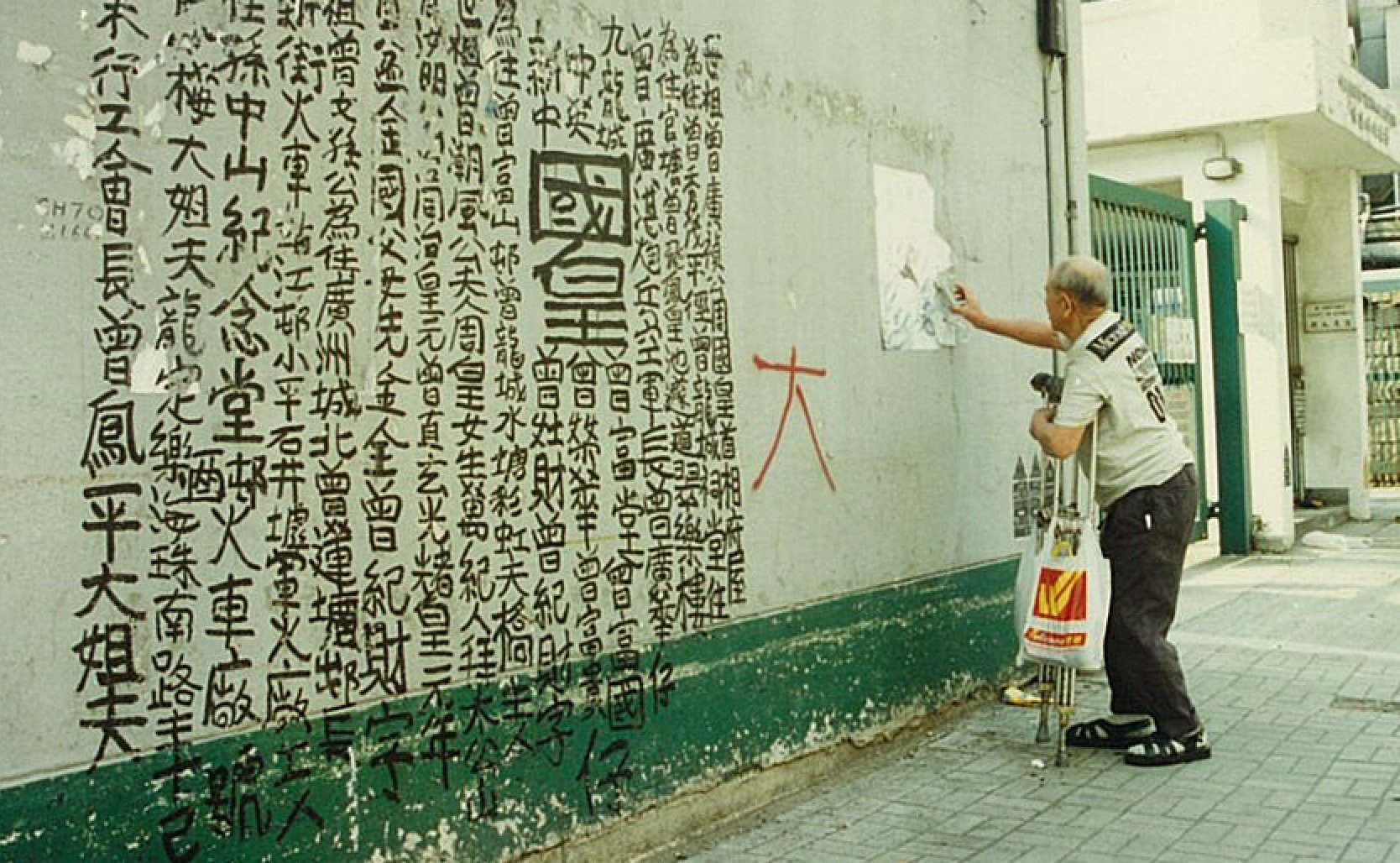
In his first policy address in October, Hong Kong Chief Executive John Lee Ka-chiu announced plans that included the global promotion of local pop culture through annual festivals and content for streaming platforms.
Lee also revealed plans that included HK$60 million (US$7.7 million) in subsidies through a Mega Arts and Cultural Events Fund.
The government had not responded to the Post’s request for a comment by publication time.
It is not the first time street art has been erased in Hong Kong.
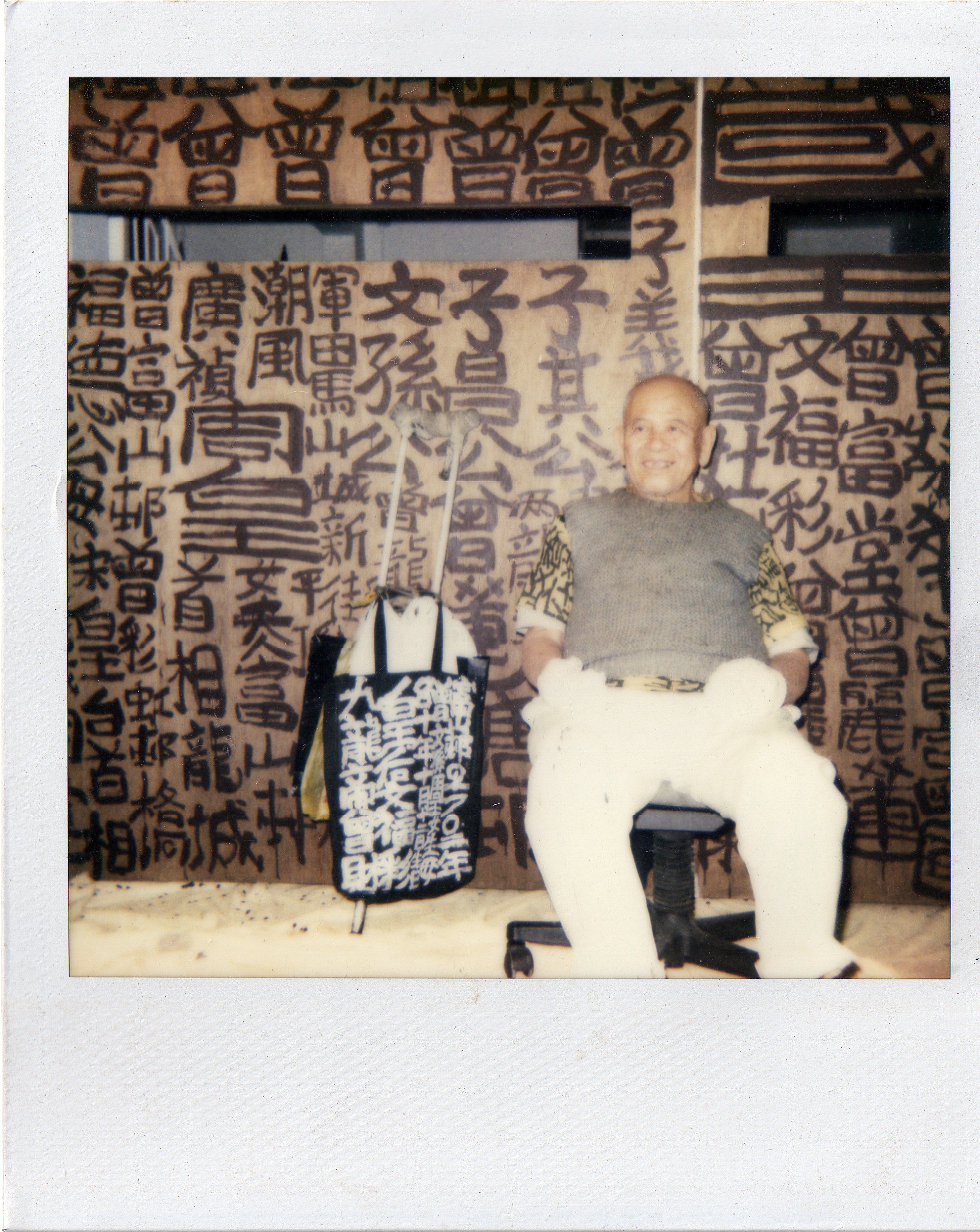
In 2017, several mosaic works by a French undercover artist known as “Invader” were removed by government workers, after similar incidents in 2014.
In response, “Invader” wrote: “Having invaded more than 60 cities around the world, I have never faced a situation where a public authority would systematically and rapidly remove art from the streets.
“I hope it won’t happen in Hong Kong either, and that those (particular) removals are just an illustration of the rule that “10 per cent” of my creations are usually destroyed quickly. … I am, of course, very saddened and affected by these removals.”
In 2016, a Naked Man sculpture by British artist Antony Gormley was fenced off in Hong Kong Central district after a complaint that it was an “obstruction”.

